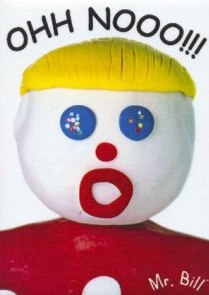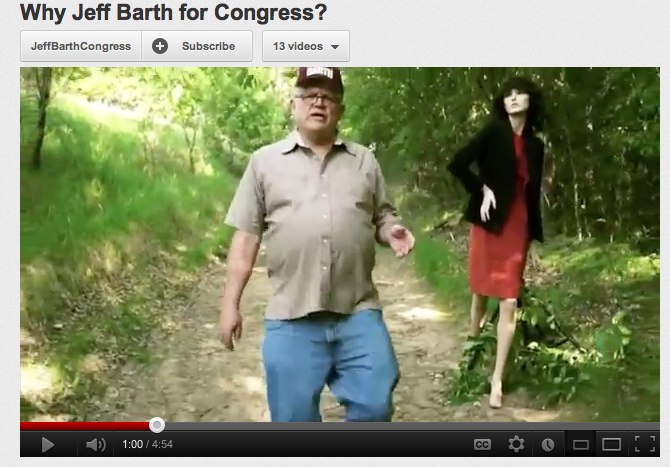 “Less is more,” minimalist designers tell us. “The law of diminishing returns,” economists explain.
“Less is more,” minimalist designers tell us. “The law of diminishing returns,” economists explain.
And so it goes with campaign debates.
Campaign debates serve a lot of important purposes for our democracy. They are a more efficient way to communicate with voters than door-knocking or pressing the flesh one clammy hand at a time. They get candidates off-script, which captures rare moments of candor, humor, humanity, intelligence, stupidity and reality. They cover more issues than ads, direct mail and other forms of political communications, which exposes candidates’ depth, or shallowness.
But clearly, there can be too much of a good thing. In the 2010 gubernatorial campaign, Mark Dayton, Tom Horner, and Tom Emmer debated and debated, and debated some more. They debated an eye-glazing 25 times. Most of the debates ended up getting ignored by reporters, and just about everyone else, because they became complete and utter re-runs. I mean, even if you love Gilligan’s Island, and who amongst us does not, the 25th time you see a re-run about Gilligan’s pedal powered bamboo car is significantly less riveting than the first 5 times.
As Washington University political scientist Steven Smith observed about the 2010 marathon debate-a-thon:
“…there is a point of diminishing returns and I think in the Minnesota case we may have reached the point in the last month where there have been so many debates that the individual debates just don’t receive much attention.
Now in 2012, State Representative Kurt Bills wants to debate U.S. Senator Amy Kloubachar 20 times over about 90 days. This desire likely has less to do with Bills‘ love of debates than it does with the fact that his campaign is broke and having a difficult time delivering his oddball Wellstonian-libertarian fusion messaging.
Though Kloubachar is a bright and skilled debater, her campaign strategists would prefer to keep the popular incumbent in highly controlled settings until Election Day, to preserve her large lead. Therefore, so far they have agreed to two debates. For context, former U.S. Senator Norm Coleman agreed to debate challenger Al Franken five times.
Somewhere between Kloubachar’s 2 and Bills’ 20 is a reasonable number. I’d say the number is no higher than 10.
Here is my rationale: Most of what is learned by undecided voters through debates is conveyed through news coverage. After all, the people actually attending the debates, or monitoring them start-to-finish on TV or radio, are predominantly voters who made up their minds long ago. So, when the news coverage stops, the debates pretty much stop yielding benefits for undecided voters.
Minnesota’s newsrooms continue to shrink dramatically, and are decreasingly willing to cover politics, particularly broadcast news outlets. Given those unfortunate trends, I find it difficult to believe that the Minnesota’s press corps will give decent coverage to more than about 10 debates.
So, I’m all for debates. And two is not enough. But oh no, Mr. Bills, not 20.
– Loveland
Note: This post also was featured as a “best of the best” on MinnPost’s Blog Cabin feature.


